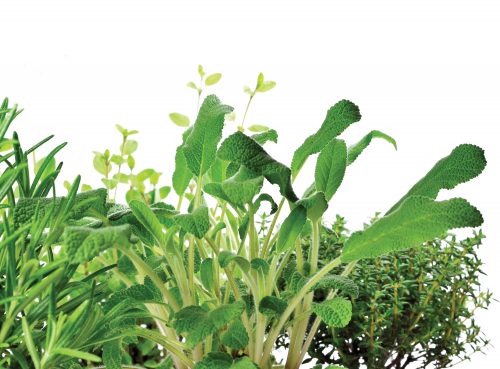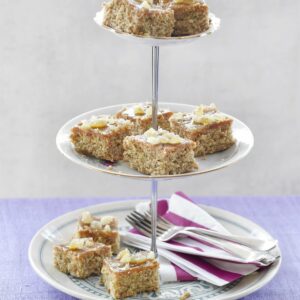
Something you’ll hear a lot if you’re interested in healthy eating – including in the pages of Healthy Food Guide – is the term ‘plant-based diet’. It is a term that’s used by almost everyone involved in wellness, from paleo gurus to clean-eating bloggers and research scientists.
There’s lots of evidence that a diet based on plants is a recipe for a long and healthy life. The healthiest populations around the world – no matter whether they are in Okinawa or Crete – eat plant-based diets. The plants they eat are quite different, but the type of overall diet is the same.
But what does ‘plant based’ really mean? A recent study used the term to describe a diet intervention for 68 patients in Gisborne.
The diet in question was a low-fat vegan diet, with lots of grains, vegetables and legumes and no oil, dairy or meat. The study had great results – participants lost weight and improved many of their health markers. But a low-fat vegan diet is not the only kind of plant-based diet that can be effective and health promoting. And it’s a mistake to think that to have a plant-based diet, we have to abandon meat and animal products.
A review published in 2014 that looked at the question of which diet is best for health, came to this same conclusion. The review, examining seven different dietary patterns, including the Mediterranean diet, the paleo diet and the low-carb diet, couldn’t really pick a ‘winner’. In fact, it said, what was clear was that the diets all could be healthy. They all shared characteristics which made them healthy, and chief amongst these was the fact that they are, when practised thoughtfully, plant based.
What might first spring to mind is lots of veges.
The ‘ideal plate’ model is a good image to keep in mind; at least half the plate is covered with colourful vegetables. This is a great model for every meal. It’s what we use for all our main meal recipes in Healthy Food Guide. They all have to have at least two servings of vegetables, and many have more.
Don’t forget plant foods also include those other health superstars: grains (especially whole grains), legumes, nuts and seeds. These are important elements of a varied, plant-based diet. They give us lots of good things like vitamins, minerals and healthy fats, and they also add interest, flavour and texture to our meals.
Plant based does not have to mean meat free. A plant-based diet can include, if you like it, meat, fish, chicken and dairy.
You don’t have to be a vegan or vegetarian to reap the benefits of lots of plants. Just try thinking a little bit differently about how you construct your meals. Instead of basing the dish on the protein (meat) component, try basing it on the plant (vege) component. Think of the meat as a garnish; an addition to the main event. More of us now are embracing the ‘meat-free Monday’ idea, which is a good way to get started on eating more plants.
It’s important to think about moving towards plant-based eating as being about adding, not taking away. This takes a change in thinking, too, but it’s an important one. We want to eat more, not less. More of the good stuff – more nourishing, health-giving plants.
What tends to happen when we start adding plants, is that we displace other things. Eating more plants will likely mean we have less room for junky food, which has health benefits. It’s a big win all round.
Finally, don’t forget that plants can be treats, too. Chocolate is a plant food, after all.
What a plant-based day could look like
Breakfast: Wholegrain toast, avocado, spinach, poached eggs
Lunch: Mediterranean lamb bowl, kiwifruit
Dinner: Pearl barley autumn vegetable risotto, Double choc-hazelnut yoghurt pots
Snacks: Mandarins, nuts, low-fat yoghurt
www.healthyfood.com










